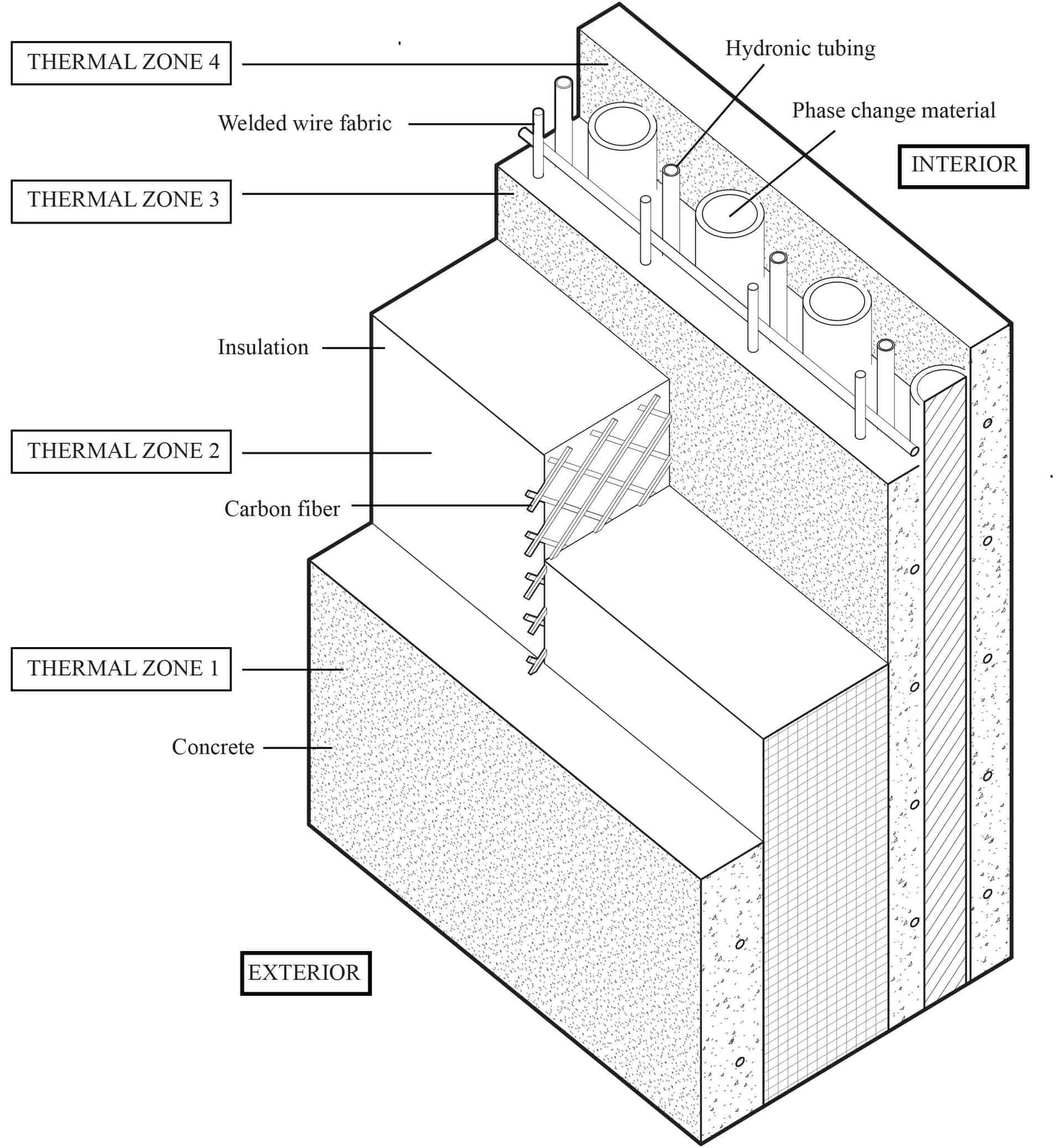This simple calculation is based on a rule of thumb that the specific heat of most concretes is very close to 0 21 btu lb ºf 880 j kg k.
Sensible heat load in for concrete walls.
Wall or roof type.
We need to do load calculations in order choose equipment that will make an occupant comfortable and safe and to keep energy costs down.
C added into the calculations simply because it is a valuable resource for heating.
Notice that below grade walls below grade floors and floors on concrete slabs do not increase the cooling load on the structure and are therefore ignored.
A added into the calculations because it is a large volume of energy and extremely valuable in reducing the total heating load.
These are given below.
Now that we have seen the various heat loads inside the room and also surveyed the room let us see one example heat load calculations for the residential building using the heat load calculations form shown below.
The heat gain from occupants is based on the average.
Clf cooling load factor 2 2 heat gain due to human beings the human body in a cooled space involved cooling load of sensible and latent heat.
Sensible heat gain is directly added to the conditioned space by conduction convection and or radiation.
A systematic method of evaluation to estimate heat loss sensible and latent heat gain.
Such as a heat pump to upgrade the temperature level to satisfy the required heat load which also incurs higher investment cost.
Therefore for example a single wythe concrete masonry wall weighing 34 lb ft 166 kg m has a.
Ashrae tables are for latitude 24 o n 36 o n or 48 o n which cover u.
Note that the sensible heat gain entering the conditioned space does not equal the sensible cooling load during the same time interval because of the stored heat in the building envelope.
In an air conditioned room sensible heat load and it all happened due to temperature different between body and room air.
An account of the total heat flow into or out of a home depending on the time of year.
Other sensible heat gains are taken care of by the hvac equipment before the air reaches the rooms system gains.
Example heat load calculations.
East wall q 8x35 2 2 5x4 95 80 26 150 btu hr.
Q sensible heat gain through wall or roof.
Using equation 5 the thermal resistance of the 4 inch concrete wall with 2 inch insulation is r 1 6 1 0 2 17 4 10 2 17 45 1 1 63 26 hr ft 2 f btu equation 2 gives the heat conducted through the wall area minus the window area assuming 8 foot high walls.
View chapter purchase book.
Cltd cooling load temperature difference from ashrae table for a given.
U overall u value for composite wall or roof.
A wall composed of concrete with external insulation has a higher storage capacity than the same wall with internal insulation.
Wall or roof exposure orientation.










